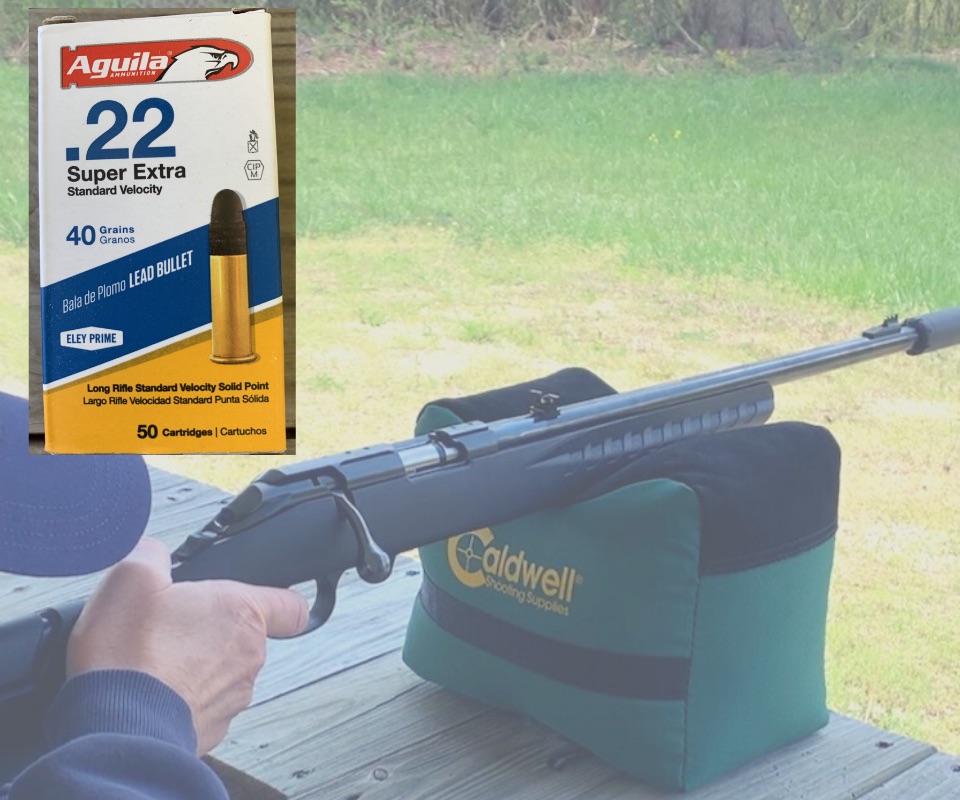When deciding whether to invest the time and money to purchase and obtain a suppressor to use with pistols and/or long guns, a shooter should consider other factors in addition to suppressor brand, type and performance. Ammunition comes into play, and you will be given choice, especially subsonic versus supersonic ammunition. Choosing the ammunition to use, based on its projectile velocity when fired in your weapon, is an important step, because a suppressor by itself cannot act on every noise from the shot, and noise reduction is the main reason to purchase a suppressor.
Why worry about velocity? The projectile velocity determines whether a sharp “snap” noise happens as the bullet travels to the target, and a suppressor has no effect on that noise. Recall that a suppressor reduces the noise caused by heated propellant gases as they escape from the muzzle of a suppressed firearm; that noise has nothing to do with the “snap” created by a supersonic bullet traveling through the air, a sound reminiscent of someone firing a cap gun (small caliber gun, say .22 LR) or slapping a wet flip-flop against a hard surface (large caliber gun). A supersonic bullet travels at or faster than the speed of sound (sonic velocity), which is based on the environmental conditions at firing time, and a subsonic bullet travels slower than that speed.

The medium through which the projectile is fired (usually air in the case of a firearm) and the density (depends on temperature, humidity, and altitude) of that medium determine the local sonic velocity. You might guess that it takes an involved computation using the results of several measurements to arrive at a precise sonic velocity, but a good rule of thumb is that the local sonic velocity is about 1100 to 1150 feet per second (fps) under the conditions most of us shoot (all the way up to 9,000 feet under normal conditions).
Using this information, a shooter can consult the muzzle velocity information given by most ammunition manufacturers to decide whether particular ammunition is likely to produce a sonic “snap” when fired through a suppressed weapon.
If it is important to you that the firing noise be reduced as much as possible, choose ammo that is subsonic in your gun.
In some cases, the internal ballistics of the cartridge may make this impossible, so if extreme quiet is of supreme importance, this fact will influence your choice of firearm caliber. For more information about this particular problem, do some background research on the genesis of the .300 AAC Blackout caliber.
You may find that using a suppressor on semi-auto .22 LR caliber handguns and rifles makes them less sensitive to ammunition quality than when you fire them without a suppressor. This is because many such small caliber semi-autos are blowback-operated weapons, which may make them finicky consumers of ammo. Suppressing these weapons increases the operating pressure, allowing them to use lower pressure ammo that normally is hit-or-miss in the unsuppressed gun when it comes to misfeeds and stovepipes. Similarly, suppressing your large-caliber gas-operated pistol- or carbine-length AR may cause problems because of the higher operating pressure.
Dr. Jason Baird is president of Loki Incorporated, a corporation that conducts energetics material research and investigates engineering applications of these materials. Loki also provides engineering services and consultation to the explosives, propellant and pyrotechnics industry. He is married to the publisher of The WON, so you can imagine their dinner discussions.
The Women's Outdoor News, aka The WON, features news, reviews and stories about women who are shooting, hunting, fishing and actively engaging in outdoor adventure. This publication is for women, by women. View all posts by The WON